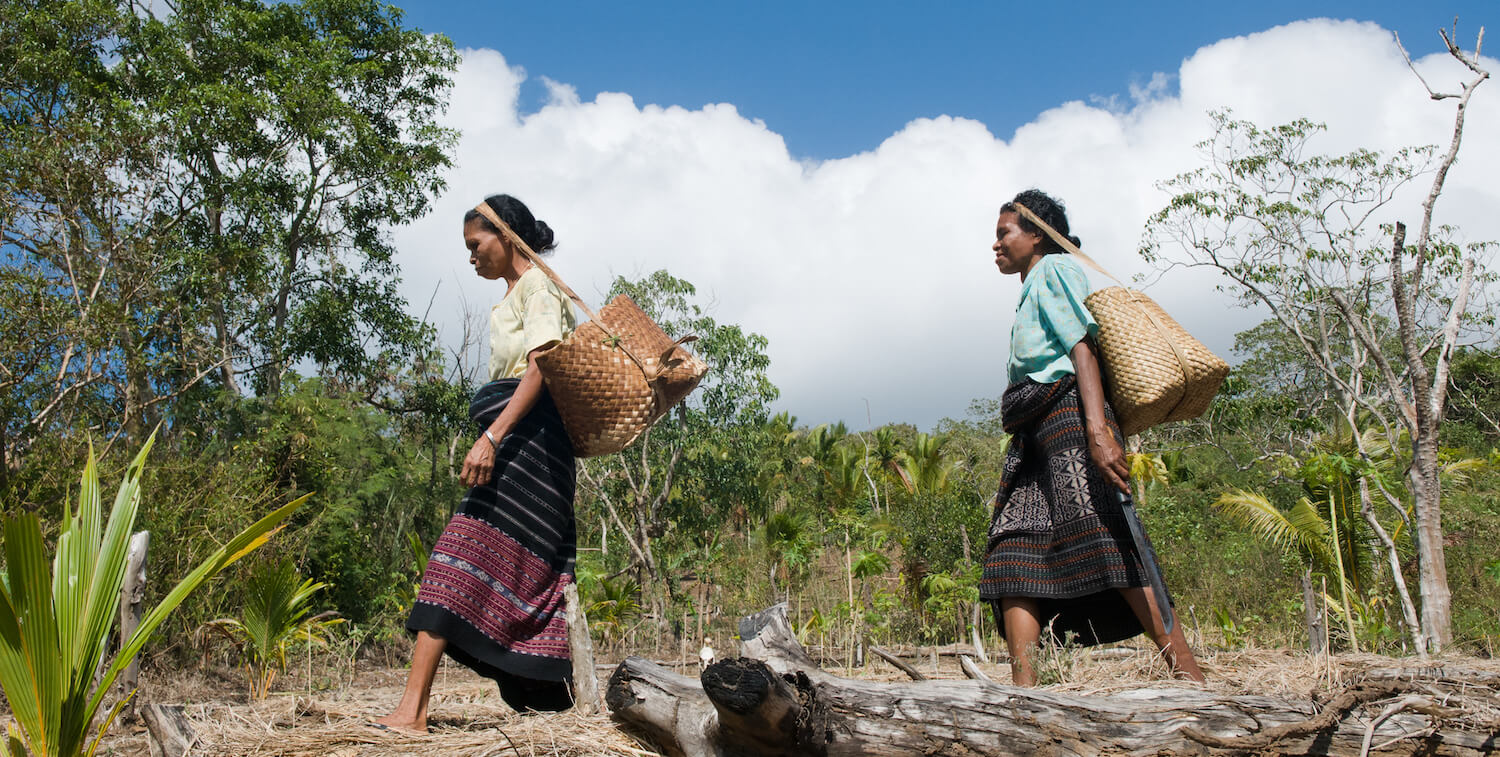Main menu
CEPF is a joint initiative of l’Agence Française de Développement, Conservation International, the European Union, Fondation Hans Wilsdorf, the Global Environment Facility, the Government of Canada, the Government of Japan and the World Bank. A fundamental goal is to ensure civil society is engaged in biodiversity conservation.
Visitez le site français コア情報の日本語翻訳を読むOr use Google Translate to translate the English site to your language:
GTranslate
What Are Safeguards and Why Do We Need Them?
The importance of considering the wider implications of a conservation project
By: Marsea Nelson, CEPF Senior Communications Manager
17 July 2018
17 July 2018
Phew! You’ve completed the letter of inquiry to receive a CEPF grant.
But then you get an email from CEPF alerting you that, based on your responses to the safeguard questions you completed, your project proposal has “triggered a safeguard.” You sigh because you know what that means: more paperwork.
Admittedly, “safeguard” isn’t a word commonly used outside of grant making. “It’s a jargon term,” said CEPF Managing Director Jack Tordoff. “If you ask someone who’s on the street, they likely won’t know what it means. It’s a word that’s been assigned to a complex set of ideas.”
In a nutshell, safeguards help to ensure that, at the very least, a project doesn’t inadvertently harm people or the environment.
Safeguards help to ensure that, at the very least, a project doesn’t inadvertently harm people or the environment.
That may seem obvious—of course no one wants their project to cause harm—but sometimes a project can have unforeseen consequences. For instance, a tree nursery may help reforest an area, but will fertilizers that are used to help tree seedlings survive pollute nearby water?
Or a project may set out to target an invasive alien species that has been decimating populations of local, endemic birds. But could eradication techniques hurt non-target species, too?
Safeguards help the grantee and CEPF think through the project and its potential consequences. “Conservation isn’t done in isolation. We can’t see it as an independent pursuit,” Tordoff said.
Triggered a Safeguard? CEPF Is Here to Help
Some applicants worry that triggering a safeguard means not getting the grant, but that’s rarely the case.
“A safeguard being triggered virtually never prevents a project from being funded,” said Nina Marshall, senior director of monitoring, evaluation and outreach. “If somebody submits an application that triggers a safeguard and we think the project is strong enough to move forward, we work with the applicant so that they understand the safeguard process, why it’s important and how we can prevent potential negative impacts.”
If a project triggers a safeguard, the requirements vary but, generally, a grantee will need to periodically document actions that they’ve taken to address the concerns.
Consultation with the people affected by a project—partners, funders, the local community—is often a key component of stakeholder documents. What do the stakeholders think about the project? How are you going to involve them so that they can continue to understand what you’re doing and have a voice?
“Safeguards are not a formality or a box that needs to be ticked,” Tordoff said. “They are an essential part of the project, just as important as the budget or logical framework. More important, in fact. We give them absolute top priority.”
In Madagascar, a project proposal that aimed to establish a marine protected area (MPA) triggered a safeguard because local people would no longer be able to fish in that area. The most vulnerable subset of this group, elderly fisherpeople, couldn’t easily travel elsewhere to fish or find alternative income. A compromise was reached: The older members of the community would continue to have access to the MPA for fishing, but no one else.
The agreement, which each side was satisfied with, wouldn’t have happened without the safeguard process.
“The safeguard mechanism isn’t just an annoying task that’s tacked on,” Marshall said. “It’s a way for us to do better conservation.”
Tordoff concurred: “Compliance with safeguards requires following good practices that we would hope all of our grantees do in any case, such as involving affected stakeholders in the design and implementation of activities,” he said. In this sense, we are not necessarily asking grantees to work in a different way but to write down clearly how they propose to do things.”
There are five different types of safeguards that commonly apply to CEPF grants:
- Environmental Assessment
- Involuntary Resettlement
- Indigenous Peoples
- Pest Management
- Physical Cultural Resources
You can find explanations about each safeguard, as well as examples from past grantees, on our website.





